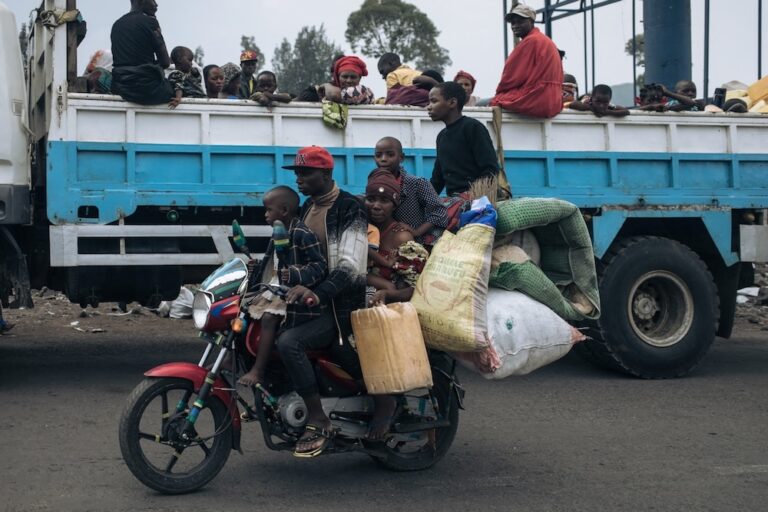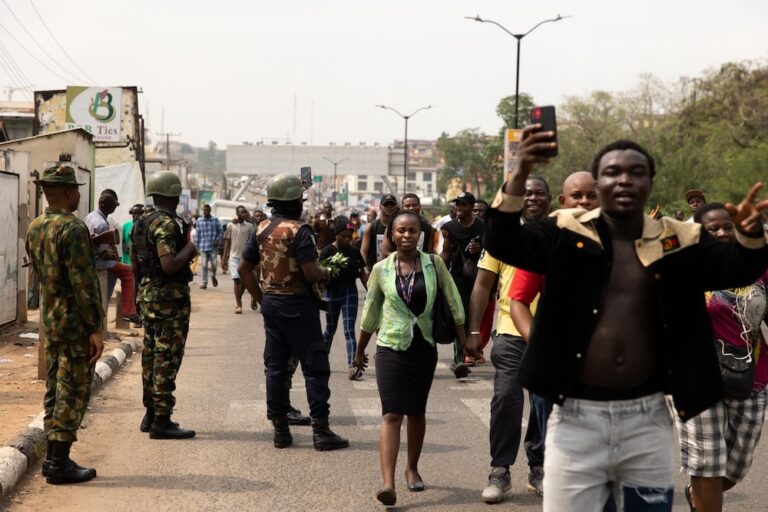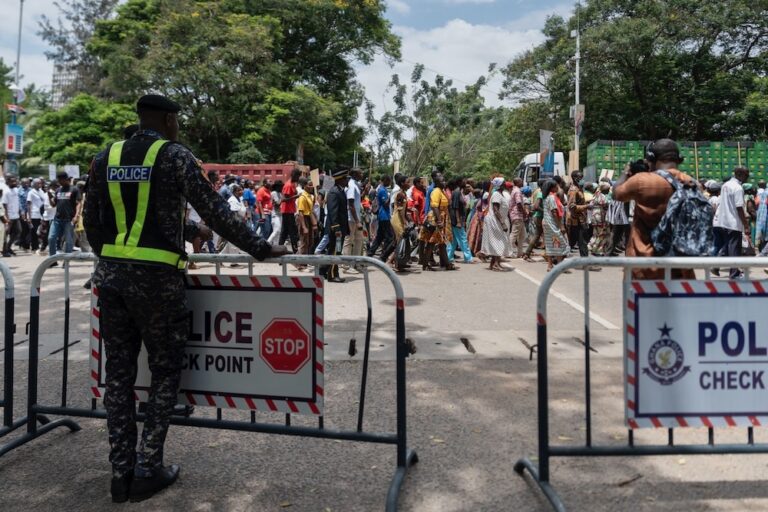(MISA/IFEX) – The following is a MISA media statement: MAY 3, 2000 SO THIS IS DEMOCRACY? – THE STATE OF MEDIA FREEDOM IN SOUTHERN AFRICA The Media Institute of Southern Africa (MISA) is honoured to use the occasion of World Press Freedom Day 2000 A.D. to present its sixth annual report on the state of […]
(MISA/IFEX) – The following is a MISA media statement:
MAY 3, 2000
SO THIS IS DEMOCRACY? – THE STATE OF MEDIA FREEDOM IN SOUTHERN AFRICA
The Media Institute of Southern Africa (MISA) is honoured to use the occasion of World Press Freedom Day 2000 A.D. to present its sixth annual report on the state of media freedom in southern Africa. Entitled “So This is Democracy?”, the reports details dozens of incidents involving various types of violations or important developments affecting the media in eleven countries in southern Africa during 1999.
The report, through its chronologies and country essays from commissioned authors, provides a fascinating and at times disturbing account of the state of media freedom in the region. During 1999, no less than 40 media workers in the eleven countries under review were detained, either legally or illegally, for varying lengths of time ranging from a few hours to several weeks. At least 18 journalists were sentenced either to prison terms or fines as a result of their work, while 53 media workers had to contend with direct threats involving interferences in their editorial decisions, undergoing interrogations or threats eminating from public officials. Two Angolan media workers were murdered during 1999 and both cases are still under investigation. At least 13 media workers were physically attacked, while 23 incidents were reported involving censorship of information.
In surveying the general media landscape, MISA Researcher and Information officer Raashied Galant notes that censorship in all its different guises was prevalent throughout MISA’s operational area during 1999.
“Not only did it affect the real and immediate working conditions of media workers, but also the right of every citizen to receive and impart information,” he says. Singling out Angola, Zambia and Zimbabwe, Galant points out that these three countries led the pack in the use of brute force to enforce censorship over the media. Zimbabwe recorded the most alerts last year with 32, followed by Zambia with 23 and then Angola with 20.
“So this is Democracy?” documents at least 34 victories for media workers in the region during last year, which was cold comfort in some cases considering that not all the victories necessarily led to a general advancement in freedom of expression rights, and the number amounted to only 26% of the total alerts recorded in the book.
The cover of the book depicts the covered-up statue of Chief Hosea Kutako outside the Parliamentary buildings in Windhoek, Namibia. The statue has been covered for close to two years because of a dispute involving a demand for statues of other heroes of the Namibian liberation struggle.


